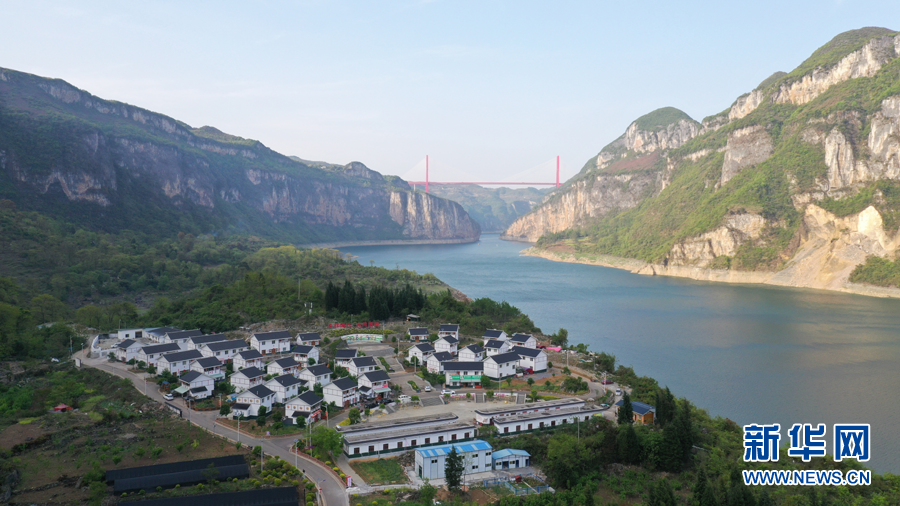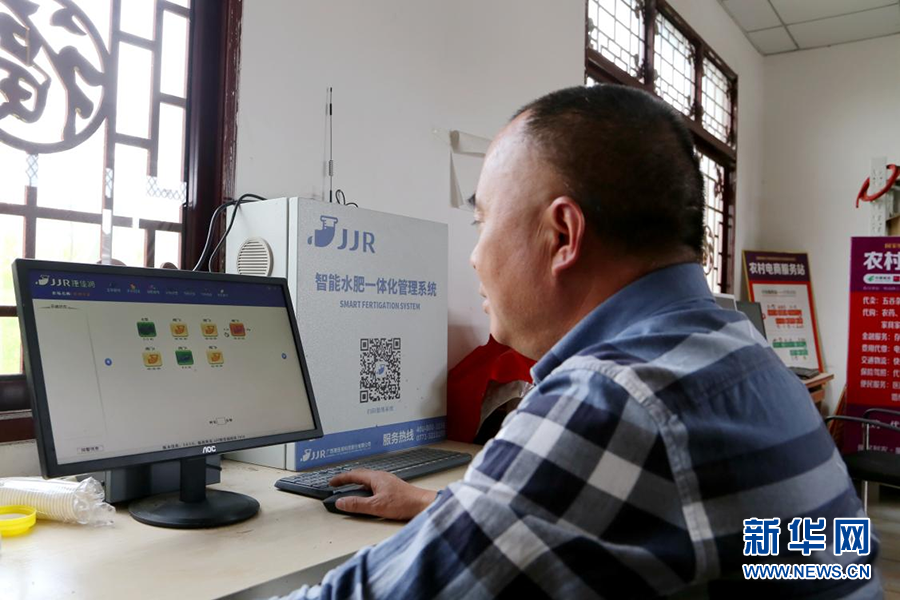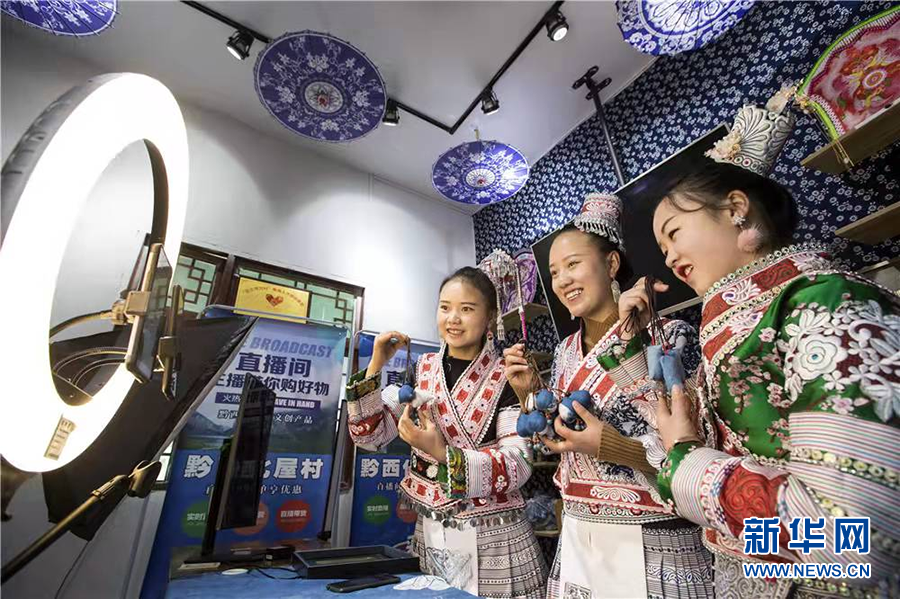Digitalization boosts rural vitalization in SW China’s Guizhou

Photo shows an aerial view of Huawu village, Xinren Miao township, Qianxi city, southwest China’s Guizhou Province. (Xinhua/Lu Zhijia)
In 2020, Qianxi, a county-level city under the jurisdiction of Bijie city in southwest China’s Guizhou Province, was approved to build pilot digital villages for rural development, becoming one of four places in the province to take part in the pilot project.
Huawu village in Xinren Miao township is the first village in Bijie city to have access to 5G network.
Thanks to a digital governance platform established for the village by China Mobile Bijie Branch, which incorporates eight functions, including digital governance, smart tourism, digital ecosystem, smart economy, smart healthcare, and smart education, among others, the data regarding rural governance is conveniently accessible in the village.
Two earthquake warning systems, both powered by 5G, can monitor geological activities of the village in real time. According to He Wei, deputy general manager of China Mobile Qianxi Branch, the two earthquake warning systems will send alerts as soon as they detect ground motion.

Luo Hongwei, head of an ecological farming company in Guizhou, remotely checks the growth of kiwifruits at a planting base run by his company, via a smart farming system. (Photo/Xinhua)
During the spring ploughing season, drones serve as helpful tools for farmers in Guizhou. In 2017, Xiao Shixiang, head of a farming machinery cooperative in Qingpu village, Linquan township, Qianxi city bought a crop protection drone with nearly 100,000 yuan ($15,040).
“As large-scale farming is becoming a rising trend, and due to a lack of rural people who are strong enough to do farm work, crop protection drones have become a necessity for the development of modern agriculture,” said Xiao.
At a kiwifruit planting base which is run by an ecological farming company in Guizhou, Luo Hongwei, head of the company, is able to check the growth of the kiwifruits through high-definition cameras placed throughout the base.
In addition to cameras, a smart irrigation system is also installed inside the planting base. According to Luo, about 4 kilograms of water reaches the field through a drip irrigation tube in one hour. This water-saving irrigation system saves labor costs for the company, thus raising the competitiveness of the company’s products in the market.
As the internet infrastructure in Huawu village has improved, smartphones are emerging as farming tools for local residents, who are actively engaged in live-streaming shows to promote local specialty products.

Photo shows Yang Wenli and embroiders hosting a live-streaming show. (Photo/Xinhua)
Yang Wenli is head of a poverty-alleviation workshop in Huawu village. In recent two years, she has hosted many livestreaming shows to demonstrate the culture of the Miao ethnic group. During these livestreaming shows, her viewers placed more than 1 million yuan worth of orders.
At present, 365 villages in Qianxi city are covered by 4G and fiber-optic internet. The city has built 418 5G base stations, which can cover major urban areas, some townships and major scenic sites in the city.
Photos
Related Stories
- E-commerce, intangible cultural heritage inject impetus into rural vitalization in China
- Integration of culture, tourism gives impetus to China’s rural vitalization
- Village in central China’s Henan develops fried dough twist industry, boosts rural vitalization
- Traditional handcrafts give impetus to China’s rural vitalization
- Photographer documents remarkable transformation of village in SW China’s Guizhou over course of more than two decades
- “They have embraced a new life through hard work”: Retired Luxembourg police officer in Guangxi
- County in China’s Yunnan establishes rural talent pool of skilled farmers in push for common prosperity
- County in SE China's Fujian restores ancient residential complexes in pursuit of rural vitalization
- “Science and technology backyards” help drive talent development in China’s rural areas
- Young woman from Guizhou brings fortune to local people through beekeeping industry
Copyright © 2022 People's Daily Online. All Rights Reserved.










